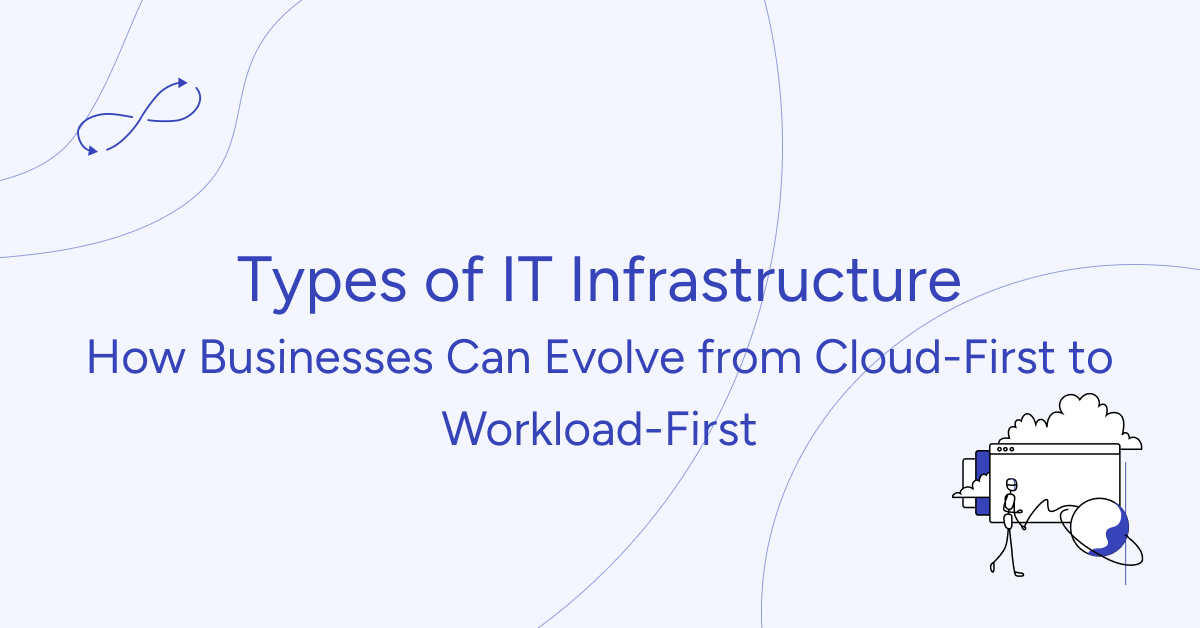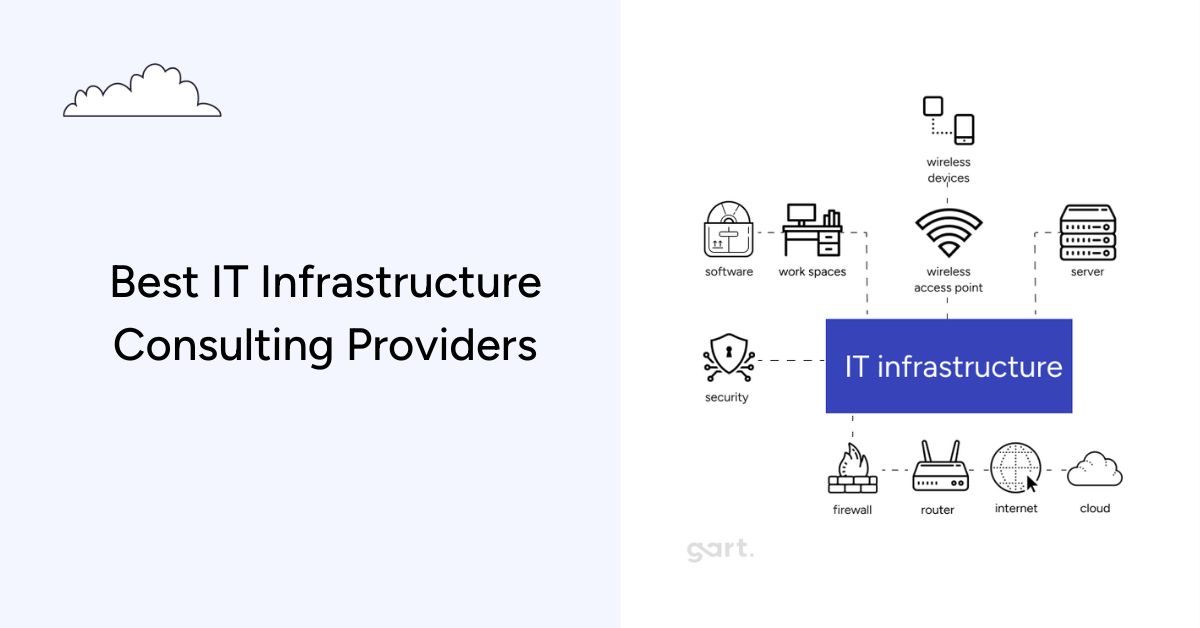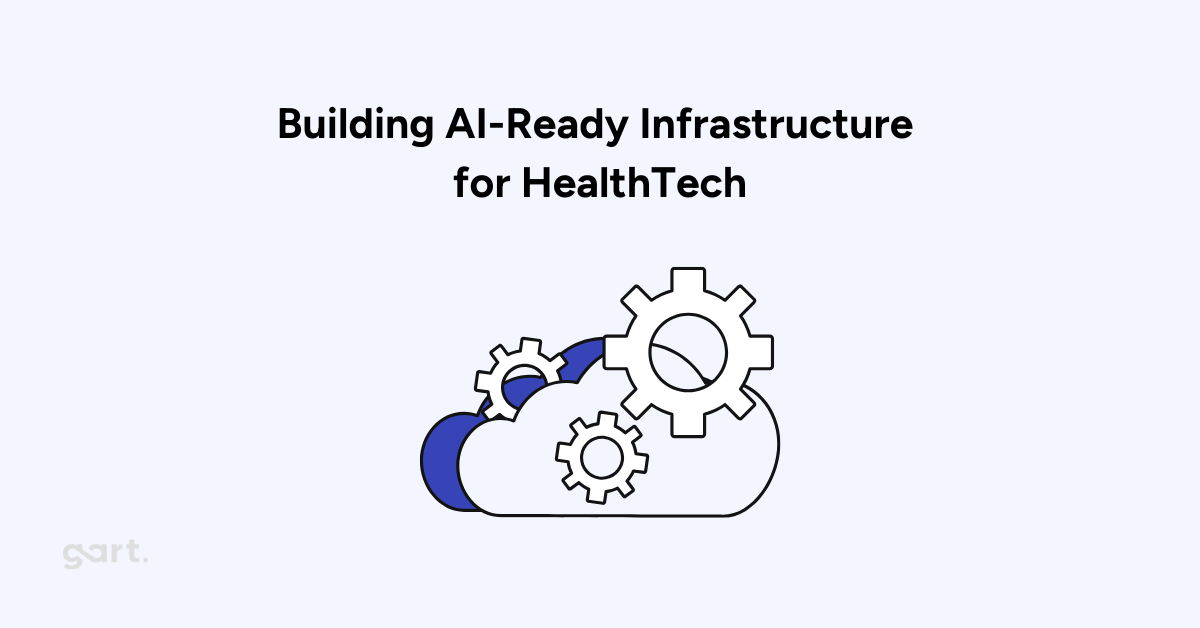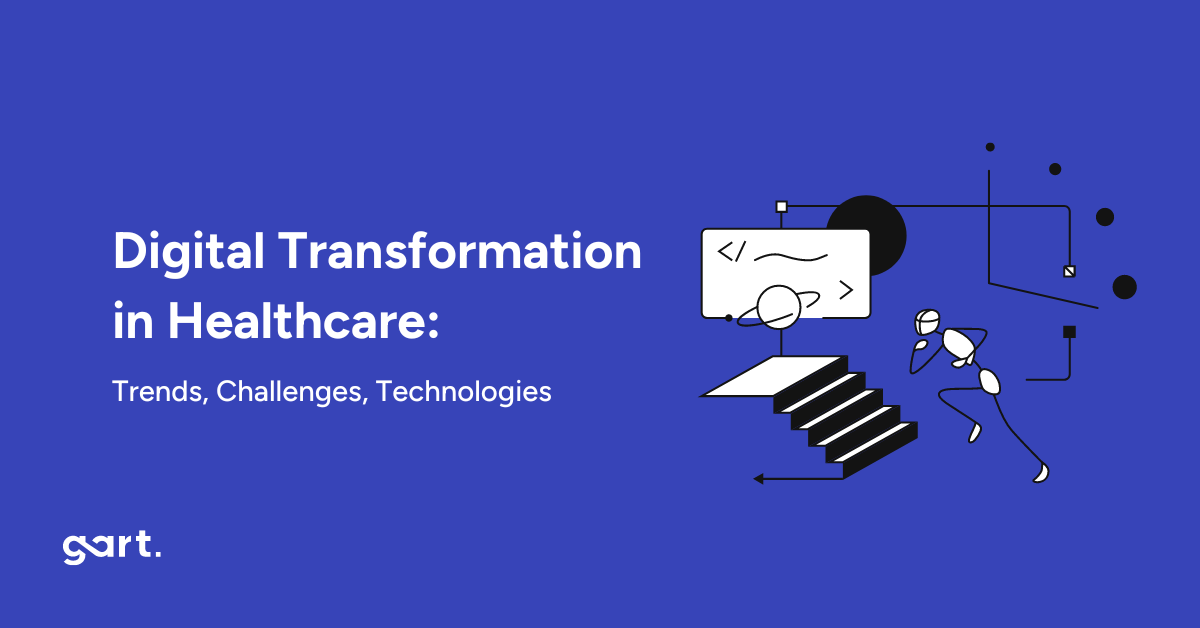IT infrastructure is the digital backbone—without it, your business is basically running on duct tape and good vibes. At its core, it’s the mix of hardware, software, networks, and facilities that keep everything from email to enterprise apps alive and kicking.
There are different types of IT infrastructure to know about:
- Physical: servers, storage, routers, switches—plus the data centers that keep them cool and secure.
- Logical: operating systems, databases, middleware, and apps like CRM or ERP that turn raw hardware into actual business value.
- Networks: LANs, WANs, firewalls, and protocols—the traffic cops making sure data flows where it should.
Once, infrastructure was just expensive boxes humming in basements. Now it’s a strategic asset—and the smarter you choose and manage it, the faster, leaner, and more competitive your business becomes.
The Core Models of IT Infrastructure
When it comes to types of IT infrastructure, there are three big players on the field—each balancing control, cost, and flexibility in its own way. Let’s break it down.
1. Traditional On-Premises: The Control Freak’s Dream
Old-school but not obsolete. On-premises means you own it all—servers, storage, networking gear, and the data center they live in. The big perk? Total control. You get to customize everything, keep data locked inside your walls, and deliver low-latency performance for mission-critical apps. That’s why banks, hospitals, and industries with tough compliance rules still love it.
But here’s the catch: it’s pricey. Think massive upfront CapEx (hardware, licenses, cooling, IT staff salaries—the works). Scaling is slow and painful because every upgrade means buying and installing more gear. Still, for organizations with legacy systems or strict data rules, on-prem remains a solid bet—and it’s evolving with modern twists like on-prem clouds that give a cloud-like experience without going full migration.
2. Cloud Infrastructure: Agility on Tap
Now flip the script. Cloud says, “Stop buying servers, rent them instead.” Providers like AWS, Azure, and Google Cloud run massive global data centers, and you tap into their resources on demand. Pay-as-you-go (OpEx) keeps costs flexible, and scaling is as easy as a few clicks.
You’ve got two main flavors:
- Public Cloud → Shared infrastructure, cheap, and endlessly scalable. Think of it like renting an apartment—you don’t own the building, but you can move in fast. Downsides? Less control and potential security concerns in multi-tenant setups.
- Private Cloud → Dedicated to just your org, either in your own data center or managed elsewhere. More secure, more control, easier for compliance-heavy industries—but higher cost and less elasticity than public.
Cloud is the go-to for agility, but every company has to weigh control vs. convenience. (And spoiler: hybrid models are where a lot of businesses land, blending the best of both worlds.)
| Model | Ownership | Cost Structure | Scalability | Security & Control | Compliance Fit | Primary Use Case |
| Public Cloud | Third-party provider | OpEx (Pay-as-you-go) | High/Elastic | Shared/Less | General | Variable workloads, web apps |
| Private Cloud | Single organization | CapEx/Fixed OpEx | Limited | Dedicated/Full | Strict | Regulated industries, mission-critical systems |
| Hybrid Cloud | Mixed | Mixed | High/Flexible | Split/Customizable | Best of both worlds | Blended needs, gradual migration |
3. The “As-a-Service” Stack: IaaS, PaaS & SaaS
If on-prem vs. cloud is about where your infrastructure lives, the “as-a-service” stack is about how you use it. Think of it like housing options: do you want to build it, partly furnish it, or just move in with your suitcase?
- Infrastructure as a Service (IaaS) → Renting the raw materials. You get compute, storage, and networking on demand. The provider keeps the data center humming; you handle the OS, apps, and data. Perfect for website hosting, analytics, disaster recovery, or as the backbone of a hybrid cloud.
- Platform as a Service (PaaS) → Hiring a contractor for a move-in-ready shell. Servers, networking, databases—it’s all handled. Developers just write code, ship faster, and skip the messy infrastructure stuff. Great for agile teams, DevOps, and IoT projects.
- Software as a Service (SaaS) → The turnkey option. Fully furnished, Wi-Fi included, just bring your login. Apps like Microsoft 365, Google Workspace, or Salesforce are ready to roll with zero setup. Easy, convenient—but limited customization.
Most companies don’t stick to just one layer. They mix and match all three to keep costs predictable, speed up innovation, and stay flexible as business needs change.
The Strategic Evolution of Infrastructure
Gone are the days when companies had to pick a side—on-prem or cloud, Coke or Pepsi. Today, smart organizations play mix-and-match with their infrastructure, building strategies that flex with business needs. Enter hybrid and multi-cloud: the power couples of modern IT.
1. Hybrid Cloud: The Best of Both Worlds
Think of hybrid cloud as the “work hard, play hard” model of IT. You keep mission-critical or sensitive workloads safe in your private data center, while pushing less-sensitive tasks—like dev and testing—into the public cloud for speed and scale. When traffic suddenly spikes, you can “burst” into the public cloud instead of overbuilding your private setup.
Why it rocks:
- Flexibility & Scale → Dynamic resource allocation without overbuying hardware.
- Cost Efficiency → Pay-as-you-go for variable workloads, CapEx savings for the rest.
- Control Where It Counts → Sensitive data stays locked down.
A real-world example: One company ditched aging on-prem gear, moved to a colocation facility with direct cloud connections, boosted performance, cut downtime, and shaved 40% off bandwidth costs. That’s hybrid cloud in action.
The trade-off? Complexity. Stitching together private and public environments is tricky. Misconfigurations, compatibility issues, and data integration headaches are par for the course. But if done right, hybrid cloud delivers agility without losing control.
2. Multi-Cloud: The Strategy of Choice
If hybrid is about balance, multi-cloud is about freedom of choice. Instead of putting all your eggs in one provider’s basket, you spread workloads across AWS, Azure, Google Cloud, and friends.
Why companies love it:
- No Vendor Lock-In → Negotiate better, avoid surprises in pricing or service shifts.
- Best-of-Breed Services → Grab Google’s ML smarts, AWS’s compute muscle, and Azure’s Microsoft-native integrations—all at once.
- Resilience → If one provider has an outage, your business doesn’t grind to a halt.
Of course, there’s a catch. Multi-cloud requires a squad of cloud ninjas to juggle different APIs, billing systems, and security models. And don’t underestimate those pesky data transfer fees—they add up faster than you’d think.
Still, for organizations that value freedom, flexibility, and resilience, multi-cloud is the power move.
3. Hybrid vs. Multi-Cloud: A Strategic Comparison
The distinction between hybrid cloud and multi-cloud can be a source of confusion. The core difference lies in their primary strategic driver. A hybrid cloud is about connecting a private environment with a public cloud, often to orchestrate a single solution or to satisfy compliance and security requirements. A multi-cloud strategy, by contrast, is about using multiple public cloud services, often for distinct functions, to gain flexibility and avoid vendor lock-in. The following table provides a concise comparison to help guide strategic decision-making.
| Feature | Hybrid Cloud | Multi-Cloud |
| Primary Driver | Regulatory compliance, existing infrastructure, gradual migration | Avoiding vendor lock-in, resilience, best-of-breed services |
| Key Advantage | Control over sensitive data, cost efficiency by right-sizing workloads | Flexibility, cost optimization through competition, improved redundancy |
| Primary Disadvantage | Management complexity, potential data integration issues | Increased management complexity, unexpected data egress fees |
| Common Use Case | Workloads with strict compliance, companies modernizing legacy systems | Cloud-native applications, web services, variable workloads |
Strategic Shifts and Emerging Trends
IT infrastructure isn’t standing still. The rules are changing, and organizations are rethinking where workloads live, how they’re managed, and what tools will power the next decade of digital growth. Three big shifts stand out: repatriation, new architectures, and the rise of AI + automation.
1. Cloud Repatriation: Workloads Come Home
The old mantra was cloud-first. Now it’s more like cloud-smart. Companies are pulling certain workloads back from the public cloud to private or on-prem setups. Why?
- Cost surprises → Pay-as-you-go sounds great until data egress and variable usage fees balloon. For steady workloads, on-prem can be cheaper.
- Performance needs → Latency matters. Think high-frequency trading or real-time analytics—you don’t want packets making a world tour.
- Regulations & control → Finance, healthcare, and other heavily regulated industries often need data sovereignty and ironclad compliance.
This isn’t a cloud “breakup.” It’s a maturity move: placing each workload where it performs best, whether that’s cloud, edge, or on-prem.
2. New Architectures: Rethinking the Stack
Three trends are reshaping the very DNA of IT:
- Hyperconverged Infrastructure (HCI) → Storage, compute, and networking rolled into one software-defined package. Cloud-like simplicity, but on-prem.
- Infrastructure as Code (IaC) → Forget manual tinkering. Provision and manage infrastructure like you’d ship code: fast, repeatable, transparent. A must-have for hybrid and multi-cloud ops.
- Edge Computing → Push compute closer to the action—factories, hospitals, cars—so data gets processed in real time. Perfect for IoT, AI, and latency-sensitive workloads.
Together, these trends blur the line between cloud and on-prem, creating a distributed continuum that stretches from edge devices to global hyperscale data centers.
3. AI + Automation: Running at Machine Speed
Modern infrastructure is simply too complex for humans to manage solo. Enter AI and automation:
- AIOps → AI-powered ops that handle event correlation, anomaly detection, and performance monitoring automatically. Less firefighting, more strategy.
- AI in Cybersecurity → Threats move faster than human teams. AI steps in with real-time detection, automated response, and continuous access validation.
The new IT pro isn’t just patching servers. They’re coding, orchestrating, and governing intelligent systems that do the heavy lifting. In other words: less “hands on keyboard,” more “architect of the future.”
Navigating the Future of IT Infrastructure
The next era of IT isn’t about picking one model and sticking with it. It’s about orchestration—managing a continuum of interconnected resources that flex around business needs. We’re moving from cloud-first to workload-first: every decision starts with the workload, not with the hype.
1. A Strategic Framework for Workload Placement
Instead of defaulting to “cloud everywhere,” leaders should evaluate workloads through four lenses:
- Workload requirements → Is demand predictable or spiky? Does it need extreme performance, like high-frequency trading or real-time analytics?
- Compliance & security → Does regulation (GDPR, HIPAA, data sovereignty) lock it down to private or on-prem?
- Cost model → CapEx vs. OpEx. Is predictable cost stability more important than flexibility?
- Internal expertise → Can the team realistically manage multi-cloud APIs, hybrid setups, and complex security models?
The result: right-sizing infrastructure, placing each workload where it balances cost, performance, and compliance best.
2. What Analysts See on the Horizon
Industry forecasts point to a hybrid, intelligent, and highly distributed future:
- Gartner → By 2027, 90% of orgs will run hybrid cloud strategies. Public cloud spend still soars, hitting $723B in 2025—much of it AI-driven.
- IDC → By 2025, half of the Global 2000 will shift HPC workloads back on-prem, colocation, or managed services. Cloud isn’t disappearing—it’s diversifying.
- Forrester → The “intelligent composable cloud” will let businesses assemble bespoke environments—AI-enhanced, abstracted, and modular.
- McKinsey → Infrastructure is splitting into two speeds: giant hyperscale data centers powering AI training, and lightweight edge systems running in cars, factories, and phones. Winning means balancing both.
3. The Dynamic and Composable Future
The takeaway: IT infrastructure is no longer a binary choice. It’s a living, adaptive system. Organizations that thrive will:
- Blend on-prem, private, and public cloud in one flexible continuum.
- Use IaC, automation, and AI to manage complexity at scale.
- Shift from manual firefighting to strategic, code-driven governance.
The future isn’t static—it’s composable. The businesses that succeed will be the ones that stop chasing a “perfect model” and instead master the art of constant orchestration.









